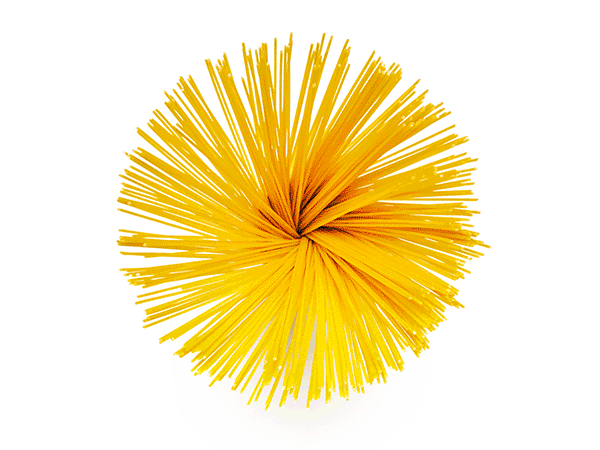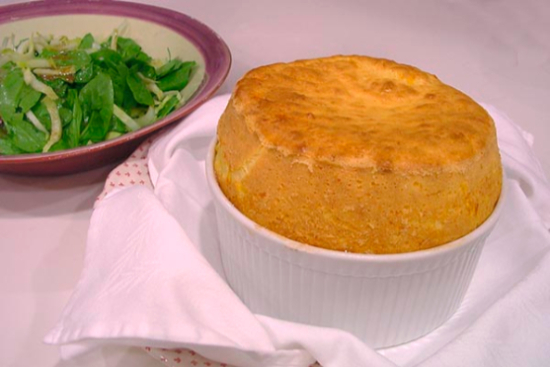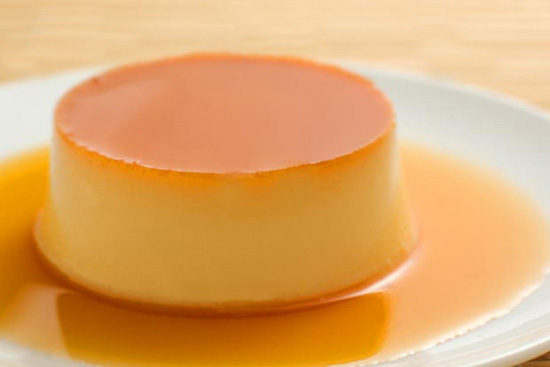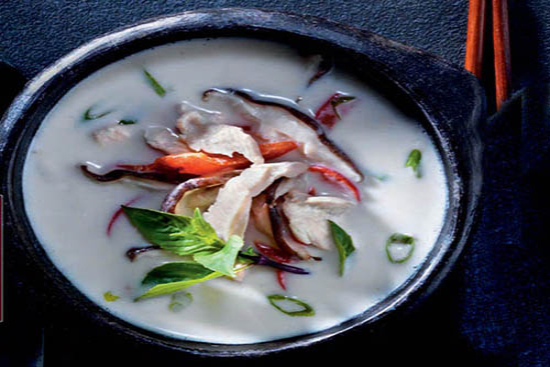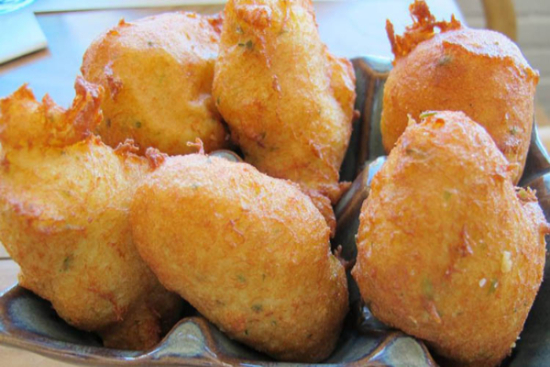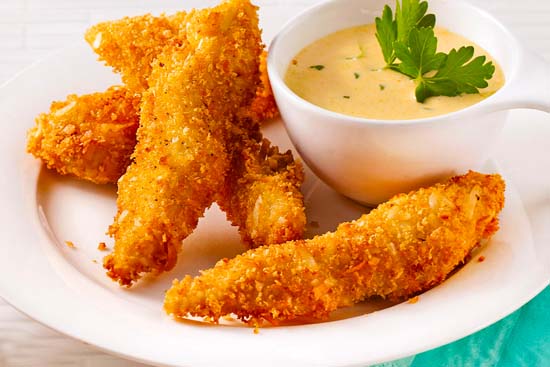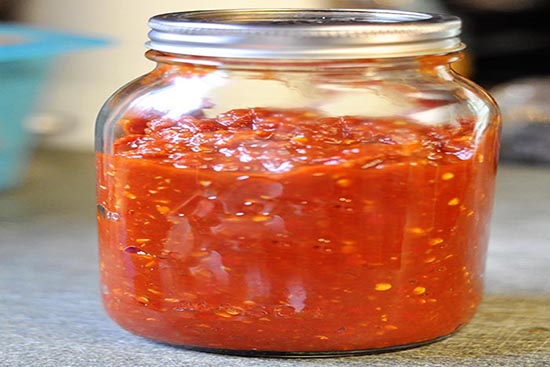- Most Popular Topics:
- Mediterranean
- vegetarian
- France
- Italy
- Ireland
- Thailand
- Canada
- Spain
- United States
- Vietnam
-
More
Popular Searches:
The cuisine of Japan
Traditional Japanese Dishes
Sushi
Sushi is one of the best known Japanese foods around the world. It is offered in various ways and prices, from the entertaining kaiten-zushi (conveyor belt sushi), where visitors can enjoy sushi for a reasonable price of about 100 yen per plate, to high-end, long-established, traditional Edomae Sushi (Edo-style sushi) where you will sit at a quiet counter to eat as the sushi is prepared right before your eyes. Sushi usually refers to a dish of pressed vinegared rice with a piece of raw fish or shellfish, called a neta, on top. Sushi is generally eaten with soy sauce and wasabi, but those who aren't too fond of wasabi can ask for "sabi-nuki" (meaning "without wasabi").
Sashimi Sashimi is another must-try food. Similar to sushi but without the rice, sashimi is raw fish sliced into easy-to-eat pieces. The high-quality of the fish caught in all regions of Japan makes it a great choice no matter if you are visiting Tokyo, Kyoto, or Hokkaido.
Just like sushi, diners can enjoy dozens of varieties of sashimi. Some of the most common and popular varieties are maguro and other tuna varieties, salmon, mackerel, and sea bream. You can also try clams, uni, or sea urchin, and salmon roe. Find out what fish and seafood you like the best by ordering a variety.
Unagi (eel), a fish known to be found mainly in rivers, is a delicacy that can often be found in fine and expensive Japanese dining. There are also many restaurants that specialize in unagi dishes. At unagi restaurants, you will be able to enjoy kabayaki, where the unagi is put on skewers and grilled with a special sauce containing soy sauce, mirin, sugar, and sake. Unadon, a dish of kabayaki on top of white rice, is also offered in these establishments.
TempuraTempura is a dish involving ingredients like seafood, meat, and vegetables covered in batter and deep-fried in oil. Tempura is generally dipped in a special sauce called tentsuyu before eating. Tentsuyu is a sauce made of broth from kombu or dried bonito, mirin, and soy sauce mixed at a ratio of 4:1:1 and cooked. You can add ginger or grated radish to your liking for a more refreshing taste.
Soba - Buckwheat NoodlesSoba is a noodle dish made from buckwheat flour with water and flour, thinly spread and cut into noodles with widths of 1cm-2cm. After boiling the noodles in hot water, it is eaten dipped in cold soup, or by pouring hot soup over it. The sobatsuyu - sobajiru, made from kombu or dried bonito broth with seasonings like soy sauce and mirin, is crucial for having a delicious soba experience.
Udon - Hearty Wheat NoodlesUdon is a unique dish known for its thick noodles. Udon is also a well-known traditional Japanese dish. The dough is made from flour and salt water that is well-kneaded and cut into noodles. After being boiled in hot water, much like soba, it is eaten in seafood broth soup, or by pouring soup and toppings like tempura on top of it. There is no one designated way to eat udon.
Onigiri - Rice BallsOnigiri, also called omusubi, may just look like plain rice, but they often have a savory filling inside and are wrapped with a salty sheet of nori seaweed. They are made in bento lunches by families and often seen sold in convenience stores and supermarkets. This is a classic choice for a snack or light meal. Common flavors for onigiri include kelp, pickled plum (umeboshi), salmon, and bonito flakes. There are also many other flavors.
Yakitori - Grilled Chicken SkewersYakitori is a popular food where chicken is cut into small pieces, then placed on bamboo skewers and grilled. It is often found on the menus of izakaya and casual restaurants, making it a good option for a night out in Japan with friends. It is especially delicious when paired with alcohol. Also, if you go to a Japanese festival, there is a good chance that food stalls will be selling this classic dish.
Sukiyaki - Japanese Hot Pot Sukiyaki is a one-pot dish cooked in a shallow iron pan, traditionally enjoyed in the fall and winter in Japan. It became popular in Japan around the 19th century. Made both in homes and available on menus at restaurants, it is a dish you will want to try when in Japan.
Sukiyaki is made with several different ingredients, like thin slices of beef, green onion, mushroom, tofu, and noodles. Diners prepare the dish themselves by boiling the ingredients in the pot. After the ingredients are cooked thoroughly, to eat sukiyaki in its conventional way, dip the meat or vegetable into a bowl of beaten egg. Note that there are regional differences in how sukiyaki is made across Japan, namely between the Kanto and Kansai regions. In Kansai, the meat is grilled before being boiled in the pot.
Oden is a dish of various ingredients simmered in broth. The ingredients are meant to bring out the flavor of the dashi (consisting usually of a mixture of seafood and kelp) and have a savory, salty taste. Oden has been eaten for a long time in Japan and is thought to have been first made during the Muromachi period (1336 – 1573).
Mild-tasting vegetables, tofu, and fish are common ingredients in oden. Daikon radish, a thick root vegetable, can be found at most shops with oden. Another popular choice is ganmodoki, a hearty mixture of tofu and vegetables made into a circular shape.
Miso soup is another famous Japanese food, renowned for its great taste and health benefits. This soup is conventionally drunk accompanied by other side and main dishes. A traditional Japanese diet generally includes drinking miso soup daily.
Miso soup is made simply, with the fermented miso base, which has a flavorful taste full of depth, added to Japanese dashi (conventionally mixture of bonito and kelp). There are hundreds of regional varieties on miso soup, from simple soups with just seaweed and tofu to ones with crab and a variety of vegetables.
Miso paste itself comes in different types, from white, which has a sweet flavor, to a darker, saltier red. Be sure to enjoy authentic miso soup when you are in Japan. It is served at most Japanese restaurants in all price ranges; you will find miso soup with teishoku set meals as well as high-end kaiseki cuisine, and everything in between.
Ramen
(ラーメン, Shina Soba, Chūka Soba, Ramyeon, 라면)
Ramen is a noodle soup that first appeared in Japan in 1910, when Chinese cooks combined the noodles with a salty broth. These curly noodles were of bright yellow color and more elastic than the Japanese noodles prepared at the time – the dough was kneaded with a sodium carbonate-infused mineral water called kansui.
In 1958, its name was derived from the pronunciation of the Chinese word lamian (pulled noodles), and that same year, Nissin Foods produced the first-ever instant version of noodles with a chicken-flavored broth called Chickin Ramen.
Shortly after, the dish started to be exported around the world. Ramen should be cooked al dente and eaten quickly while it is still hot. It is not recommended to leave the noodles sitting in the broth for too long, as they tend to become too soft and mushy.
The dish can be either kotteri (rich) or assari/paitan (light), depending on the opaqueness and the heaviness of the broth which is usually made using animal bones or dried seafood mixed with onions, garlic, ginger, leeks, and mushrooms.
Two most famous types of ramen are ramen of Kyushu, prepared with a boiled pork bone broth called tonkotsu, and ramen of Hokkaido, made with a traditional seasoning called red miso.

15 recipes selected, Page 1 of 1
15 recipes selected, Page 1 of 1
Most Popular Topics:
- Easy
- Vegetarian
- Chefs Recipes
- International
- Healthy
- About
- Contact
- Privacy Policy
- epicuriantime.com may receive a percentage of sales for items purchased through links on this site, including Amazon Associates and other affiliate advertising programs.
© 2024 epicuriantime.com. All Rights Reserved.


